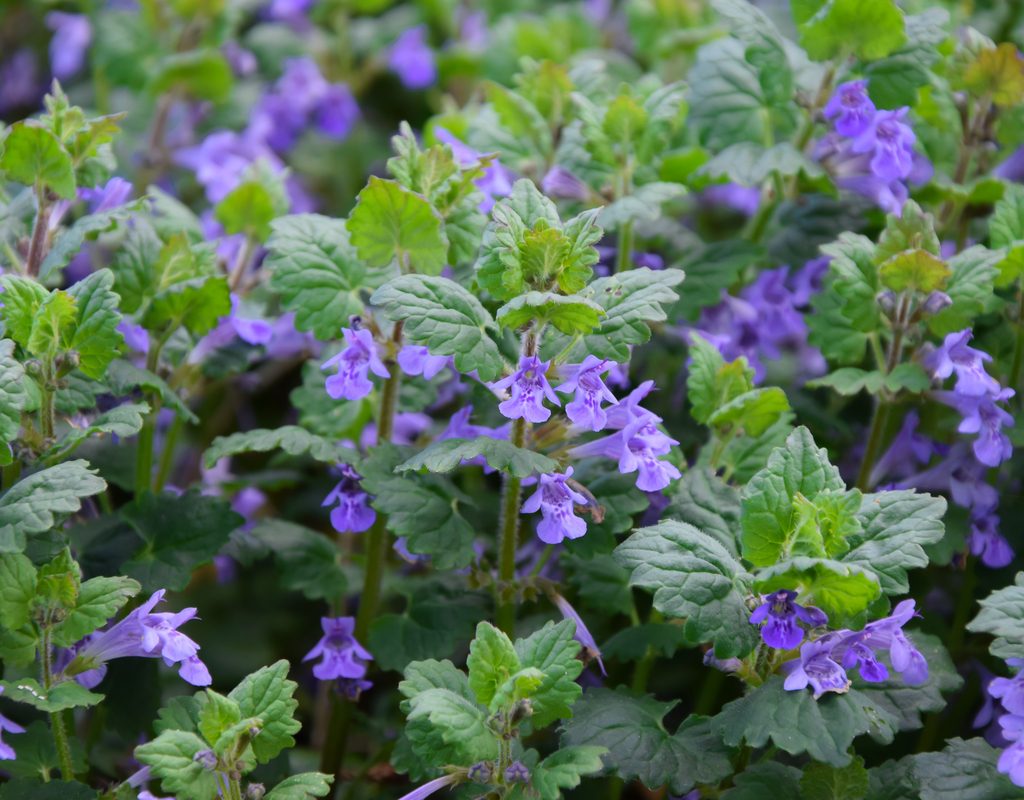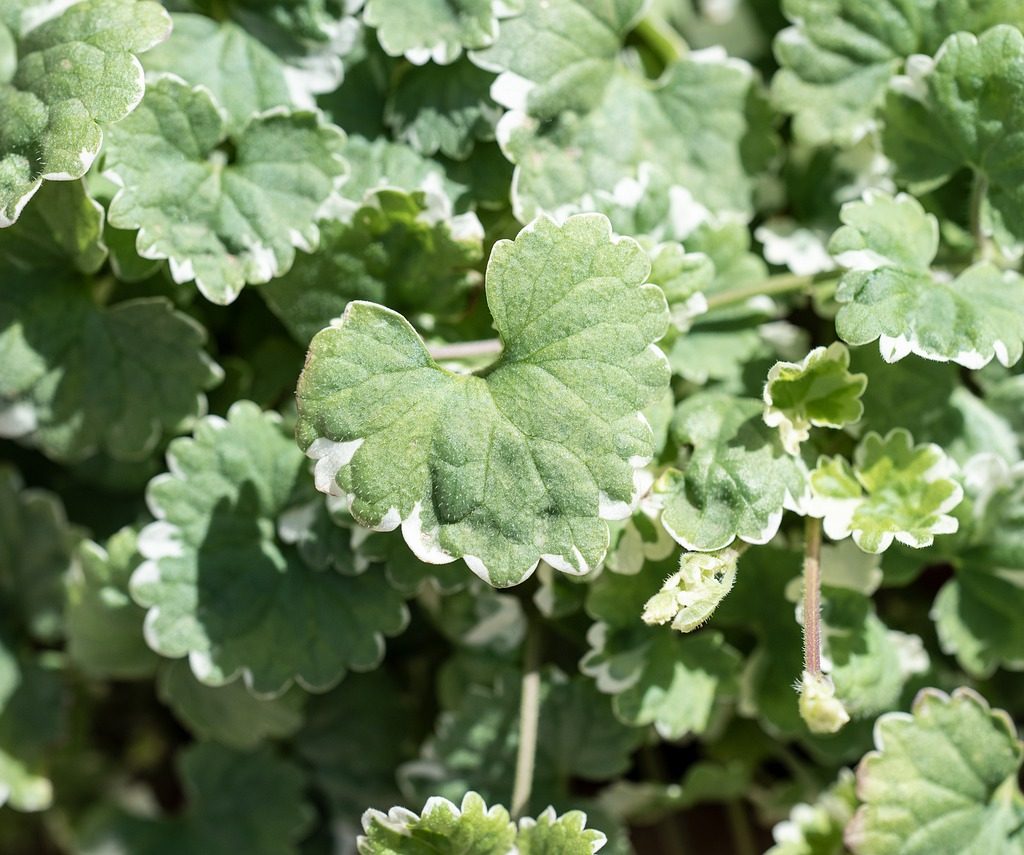Gardening is a combination of trying to grow the plants you want and trying to keep out the plants you don’t. There are plenty of plants that fall into the category of weeds, from dandelions to certain types of grass. One of the plants gardeners struggle with often is creeping charlie. In this handy guide, we’ll help you identify, prevent, and eradicate creeping charlie. Follow these tips to keep your plants safe from the noxious nuisance of creeping charlie.
What is creeping charlie?
Glechoma hederacea, also called creeping charlie or ground ivy, is an invasive perennial that grows along the ground and forms stems with small, purple-blue flowers. It has scallop-shaped leaves, and can spread through its seeds and roots, making it extremely difficult to get rid of. Creeping charlie isn’t inherently evil by any means, but it does compete with your garden plants for space and resources. Since it spreads so readily, creeping charlie can easily overtake a garden if given the opportunity.
There are a couple lookalike plants, namely dead nettle and henbit. The easiest way to tell the difference is that dead nettle has softer leaves, and henbit has deep red stems with leaves that sit flush against the stem. However, all three plants are considered weeds (and are edible), so you don’t need to worry too much about confusing them.

How to prevent it from growing
If you don’t already have creeping charlie in your yard, you should have an easier time keeping it out. Creeping charlie is sometimes used as ground cover in lawns, which can then escape into neighboring lawns. There’s not much you can do about creeping charlie in your neighbor’s lawn, but it can be good to know, so you can keep an eye out in case it begins spreading in your direction.
If you have creeping charlie in your yard but not your garden, there are a few steps you can take to keep it from reaching your garden. Firstly, eradicating the creeping charlie from your yard can help. However, that can be time consuming, potentially damaging to your yard, and generally unnecessary, since creeping charlie doesn’t typically hurt lawns.
Your other, arguably better, option is to fence off your garden. It doesn’t need to be a particularly large fence, but it does need to extend several inches underground, to keep out creeping charlie’s roots. It also needs to be solid, since creeping charlie can grow through gaps. Any material will do. You can even make your own fence from cardboard wrapped in aluminum foil, or go the more aesthetically pleasing route and get a solid wooden fence that you can paint.

Getting rid of existing creeping charlie
Once creeping charlie has entered your garden, or if you’re looking to remove it from your yard before it gets that far, you have a couple options for getting rid of it. Herbicides can kill creeping charlie, but they can also harm or kill the beneficial plants around it. If you decide to use herbicides, be sure to follow the instructions closely and take any recommended safety precautions. It’s also best to do this during an off season in your garden, when you don’t have any plants growing.
If herbicides aren’t to your liking, then you can dig creeping charlie up instead. Start by pulling or clipping any aboveground stems you see, just like with typical weeding. Keep track of where the plants were, though, as the next step is to go underground. Turn up the soil where the plants were, and carefully remove any roots you find. It’s easier if you thoroughly soak the soil first and turn up small amounts at a time.
Once you’ve found all the roots you can and have returned the soil to its place, keep an eye on the area. If you missed any roots, or if the creeping charlie had already gone to seed, then there may be a resurgence in that area. The creeping charlie you pulled up should be thrown away, burned, or eaten, not composted. Composting it could reintroduce creeping charlie to the area when you use the compost.
Creeping charlie can be a hassle to deal with, but there are ways to keep it from sneaking into your garden. Keep it out with a fence or eradicate it entirely. Either way, it pays to be thorough and vigilant, as creeping charlie can be a sneaky, unassuming plant. Don’t let creeping charlie take over your garden—catch it early and save yourself some trouble in the future.


